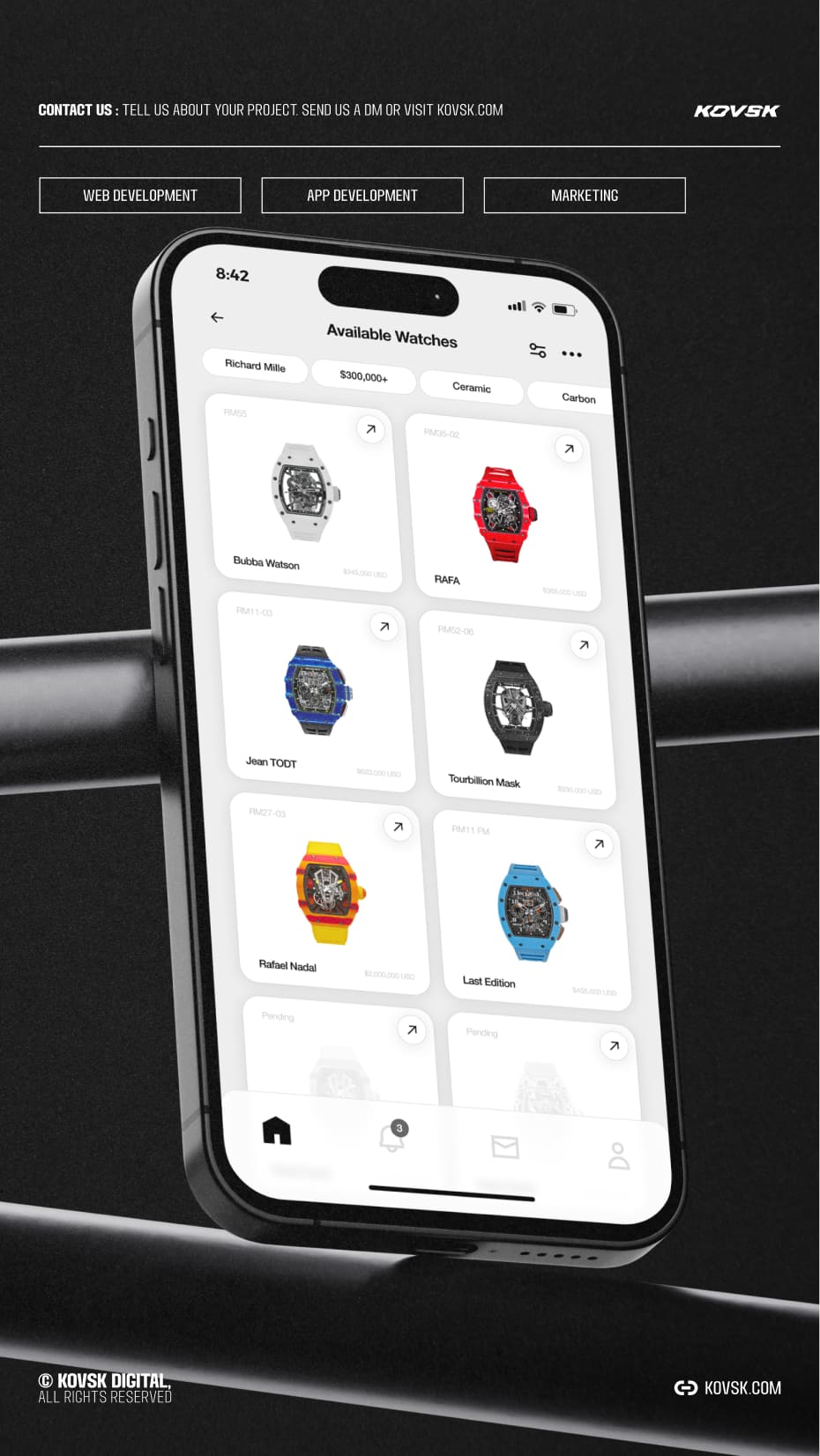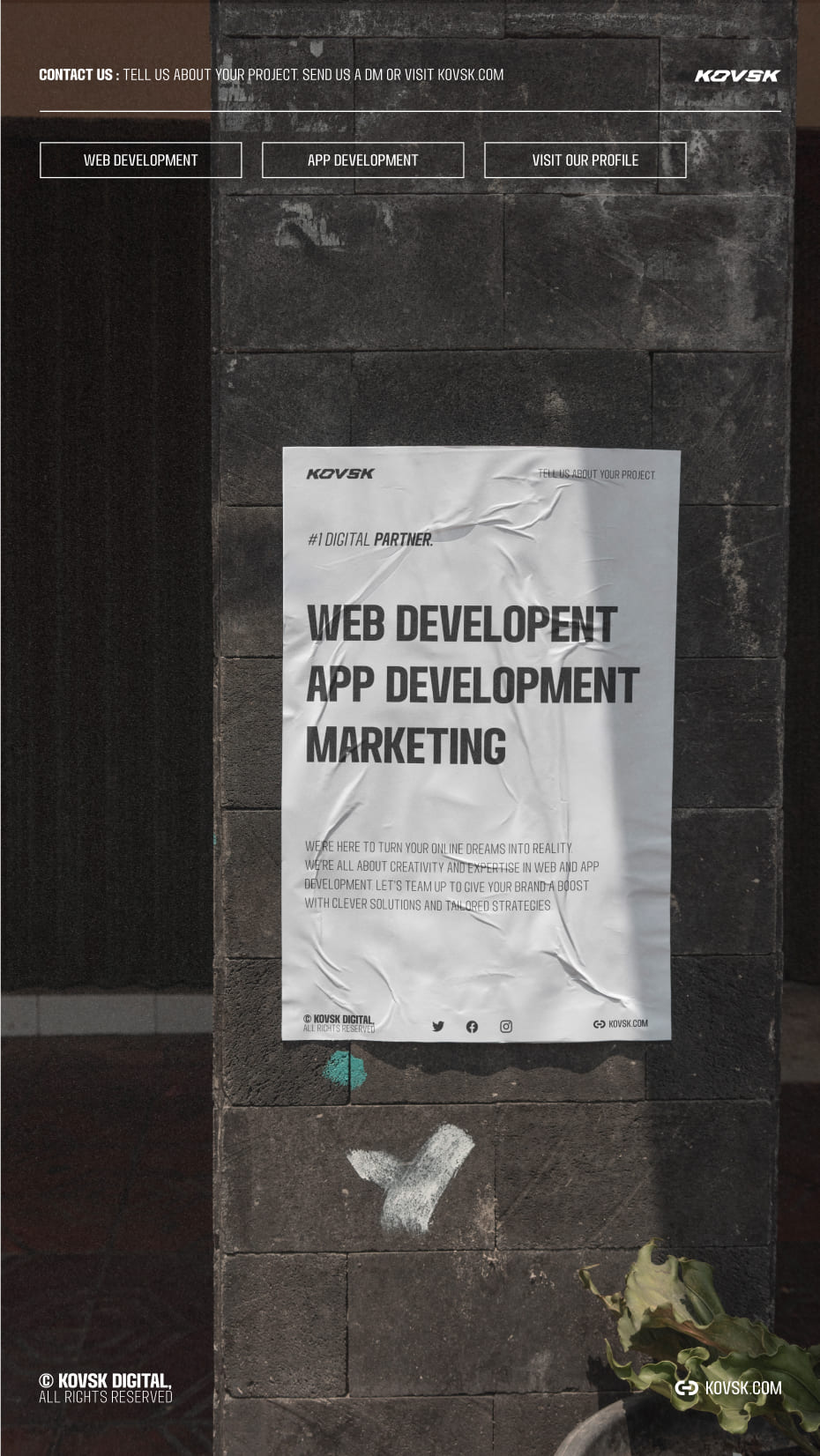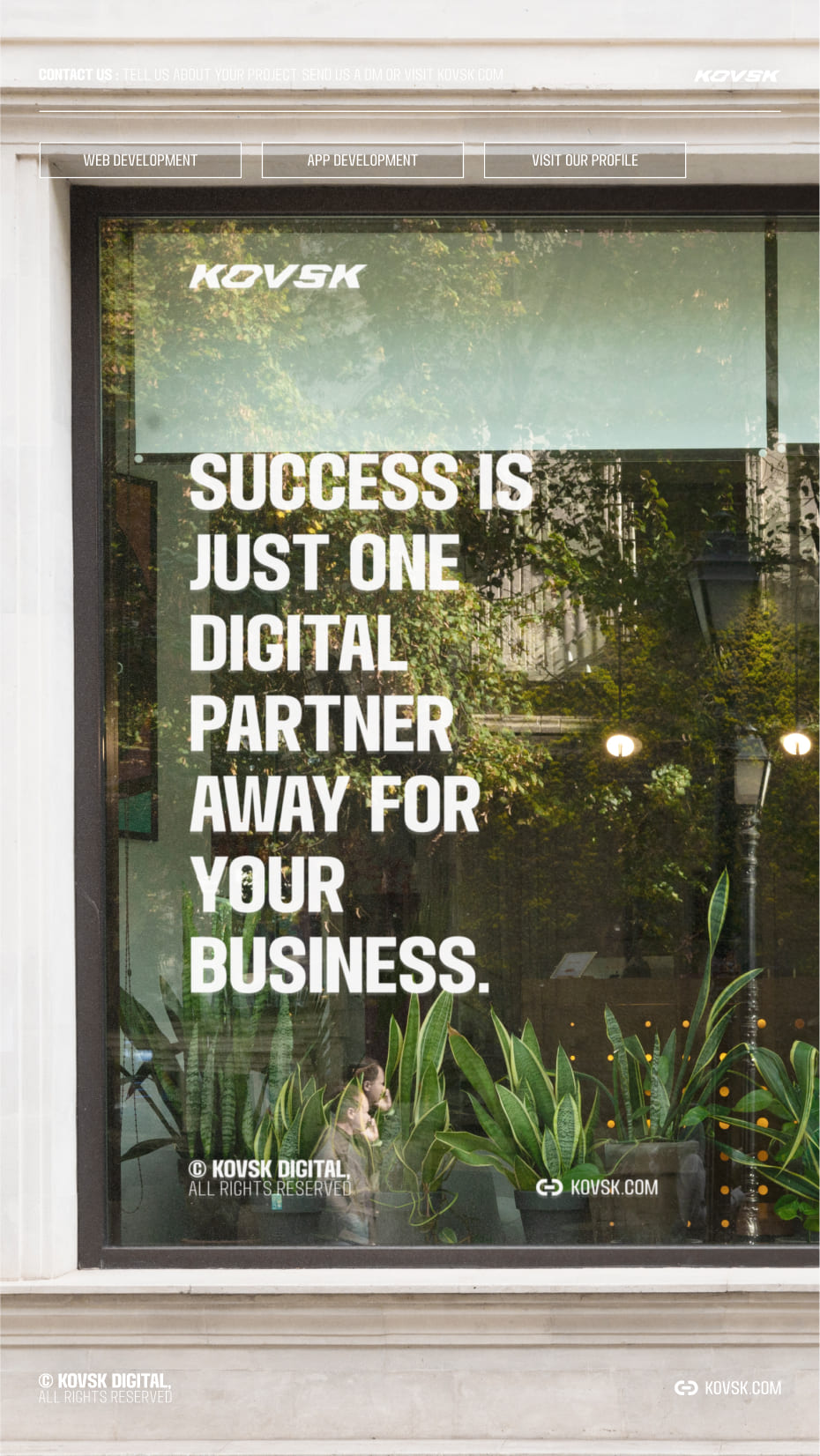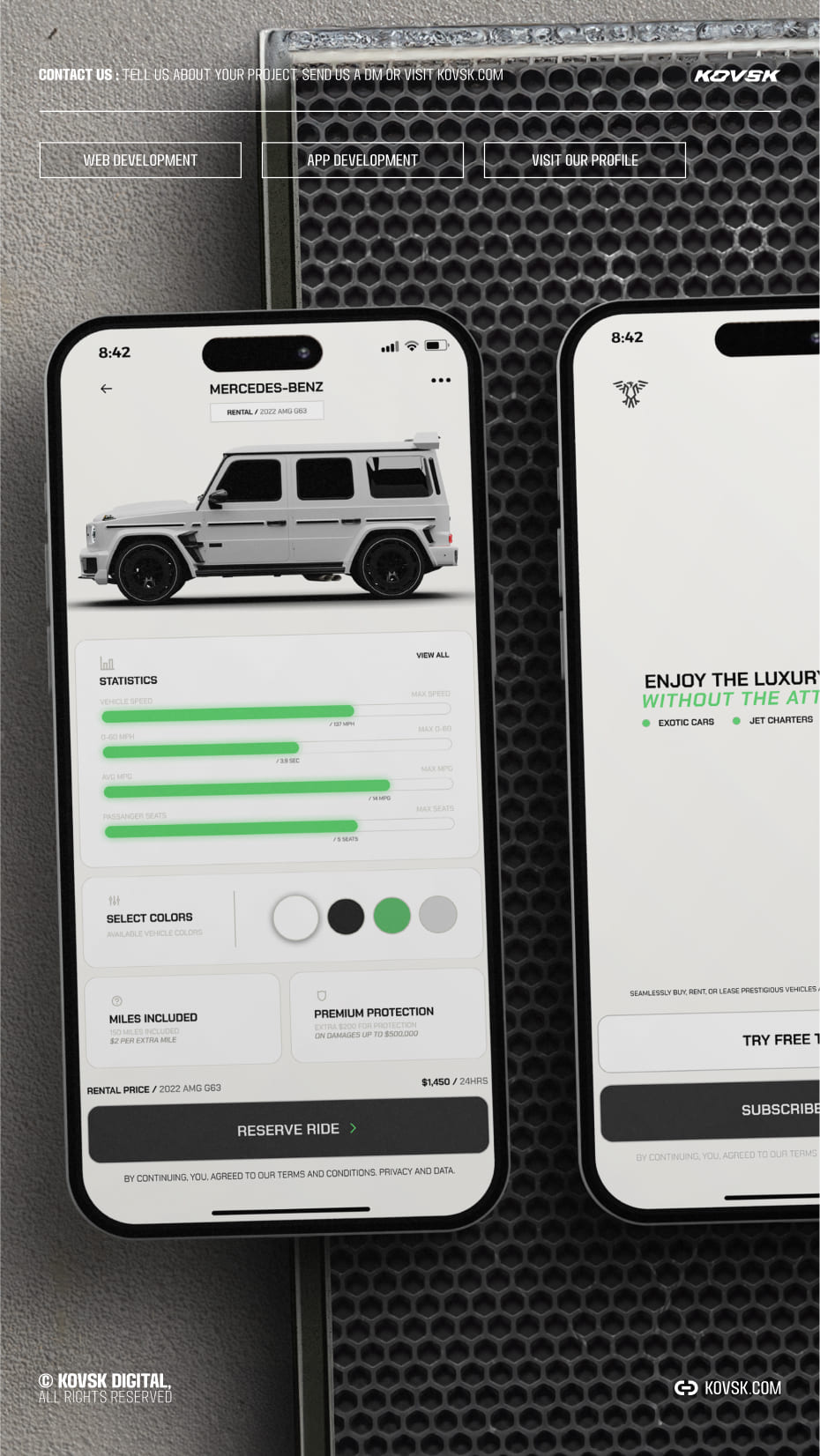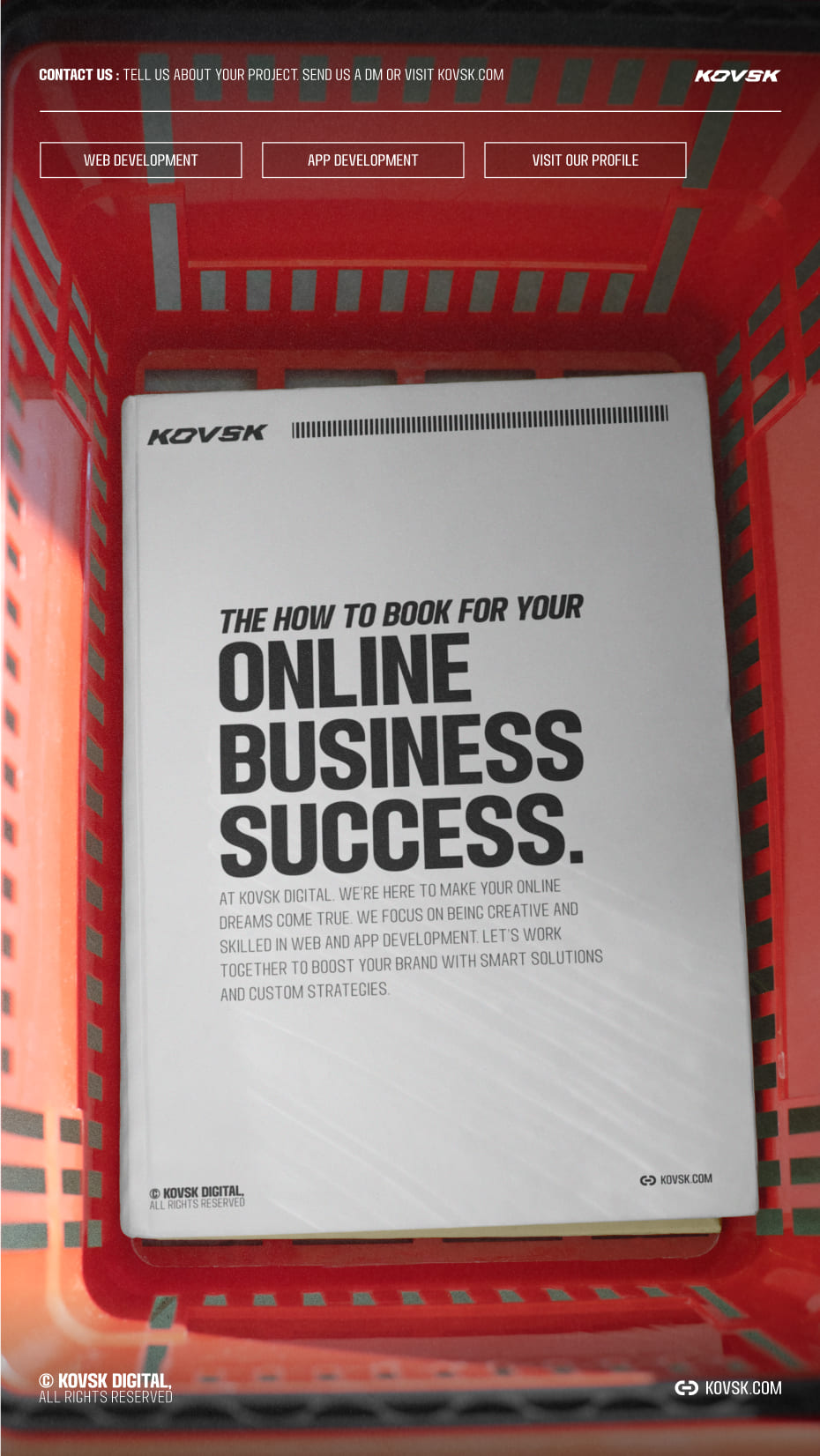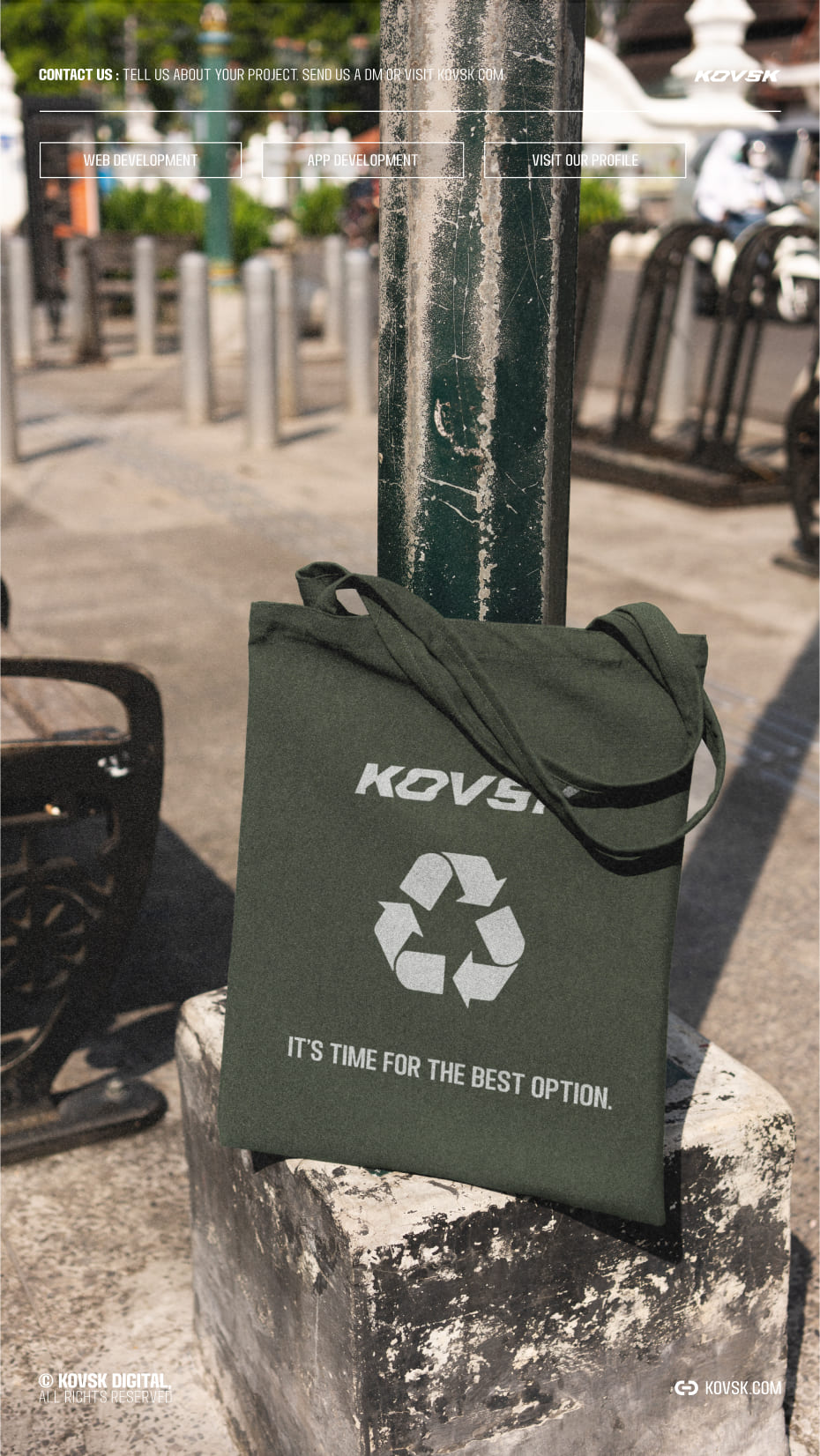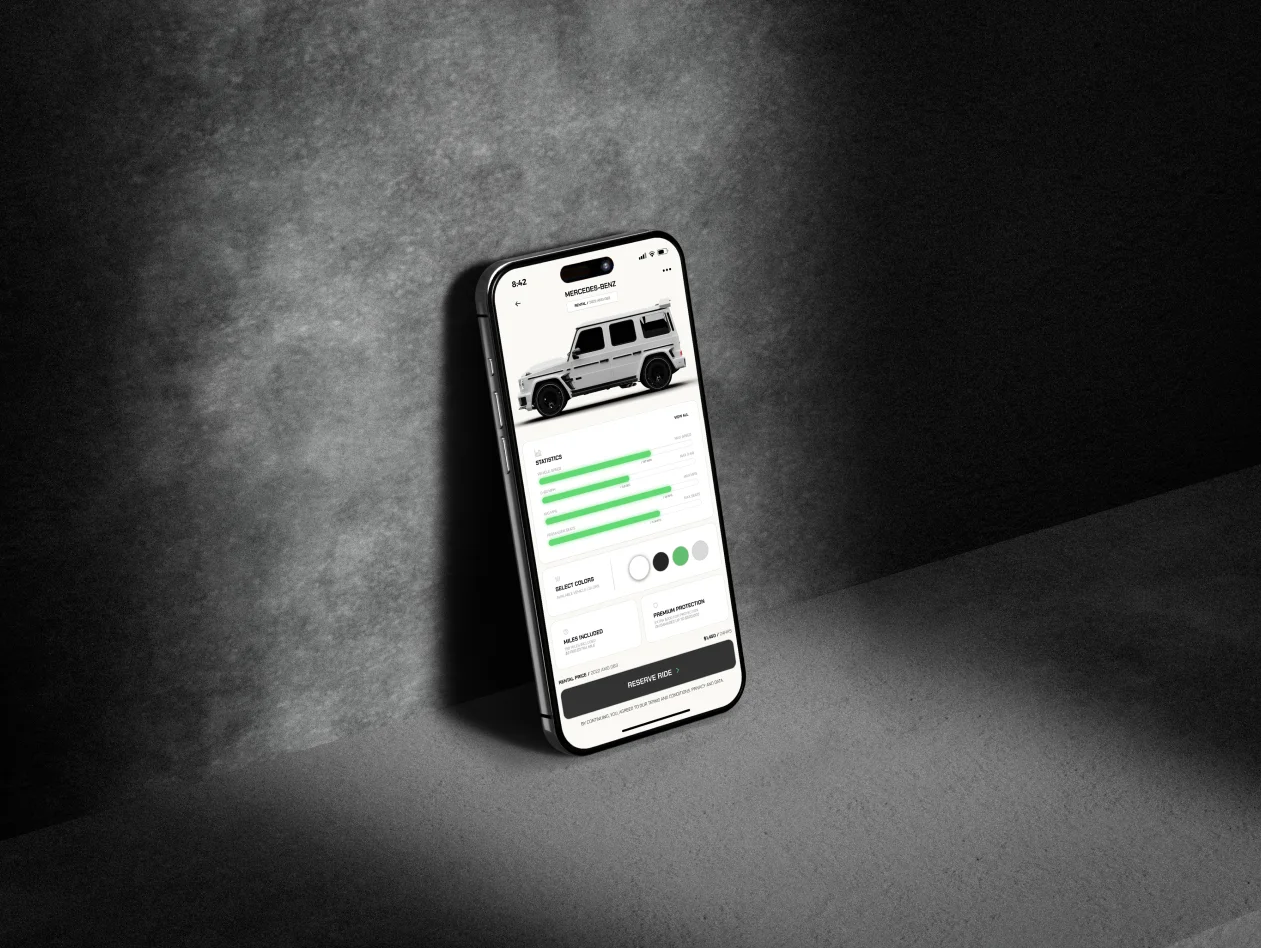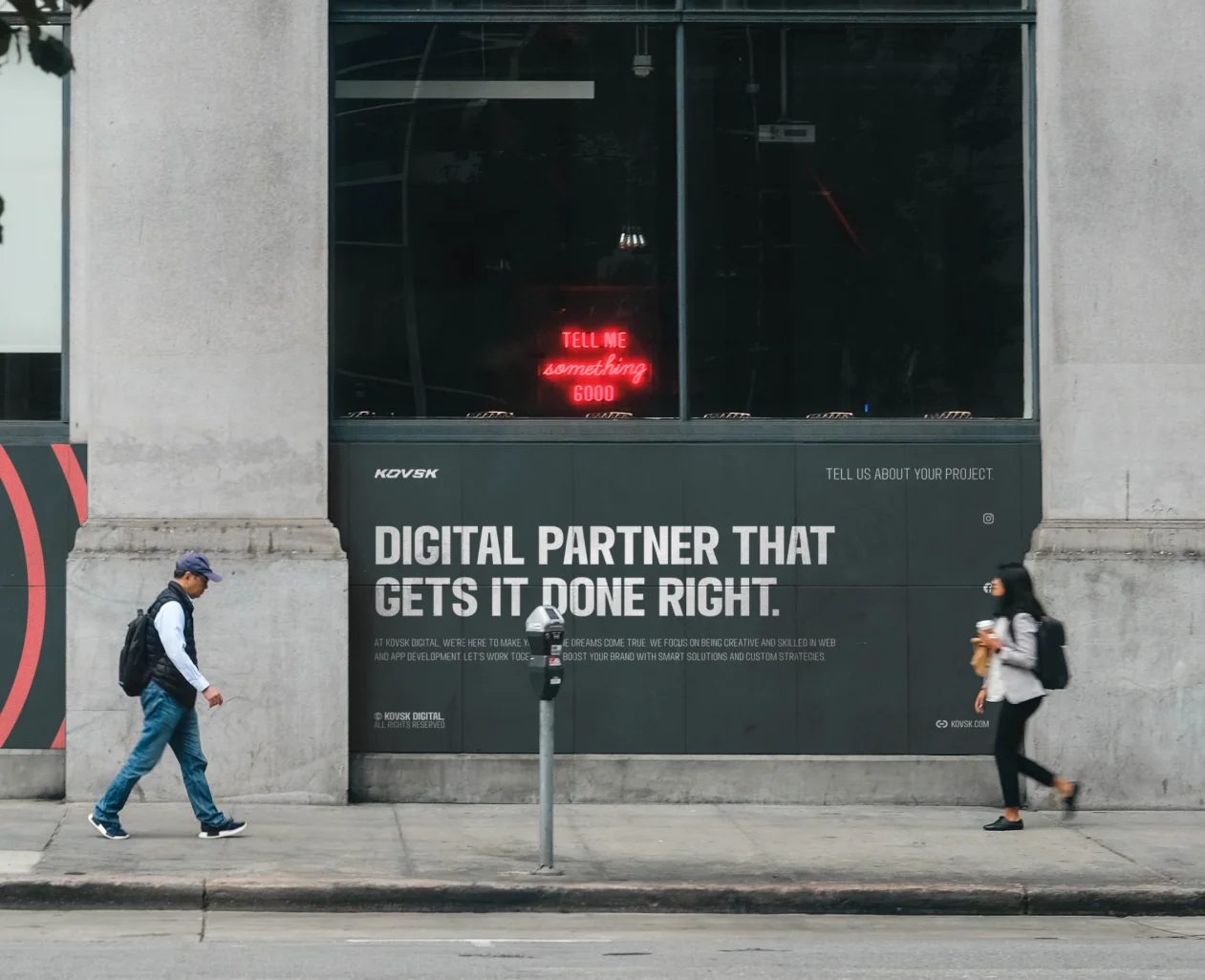
WORK FLOW
1. Analytics Setup: Utilize analytics tools on each platform (Instagram, TikTok, Facebook, Google, X, LinkedIn) to gather crucial data such as user demographics, engagement metrics, and content performance.
2. Demographic Analysis: Dig into the demographics of your audience on each platform to understand age groups, locations, and interests.
3. Competitor Insights: Conduct a comprehensive competitor analysis to gain insights into their strategies, strengths, weaknesses, and audience engagement tactics.
4. CLIENT CONTENT/ASSETS: Efficiently collect client content and assets by providing clear guidelines for text, image, and video submissions, ensuring brand consistency and ad creation.
1. Message Definition: Clearly define core brand messages and USPs that resonate with your target audience.
2. Visual Appeal: Craft visually appealing graphics, videos, and other multimedia elements that align with your brand identity.
3. Ad Copy Optimization: Tailor ad copy for each platform, ensuring it aligns with the platform's tone and style while conveying the intended message.
4. Platform-Specific Customization: Customize content based on the unique features and requirements of each platform, maximizing engagement.
1. Review and Approval: Conduct a thorough review of ad materials, ensuring accuracy, consistency, and alignment with brand guidelines. Seek input from key stakeholders for final approval.
2. Budget Allocation: Allocate budgets strategically across platforms based on their effectiveness and audience relevance. Consider the lifetime value of a customer in budget planning.
3. Comprehensive Strategy: Develop a detailed campaign strategy that includes a timeline, goals for each platform, and content release schedules. Establish key performance indicators (KPIs) for ongoing measurement.
4. Audience Targeting Refinement: Define target audience segments for each platform and continuously refine targeting based on the performance data and audience interactions.
1. Coordinated Launch: Implement a well-coordinated launch across all selected platforms, considering time zones and peak activity hours.
2. Monitoring Metrics: Regularly monitor key metrics such as impressions, clicks, conversions, and engagement rates. Set up real-time alerts for critical performance indicators.
3. Data-Driven Optimization: Analyze performance data to identify top-performing and underperforming elements. Conduct A/B testing and iterate on ad creatives, copy, and targeting.
4. Engagement and Community Building: Actively engage with the audience through comments, messages, and discussions. Foster a sense of community, encourage user-generated content, and leverage engagement data for future strategies.
